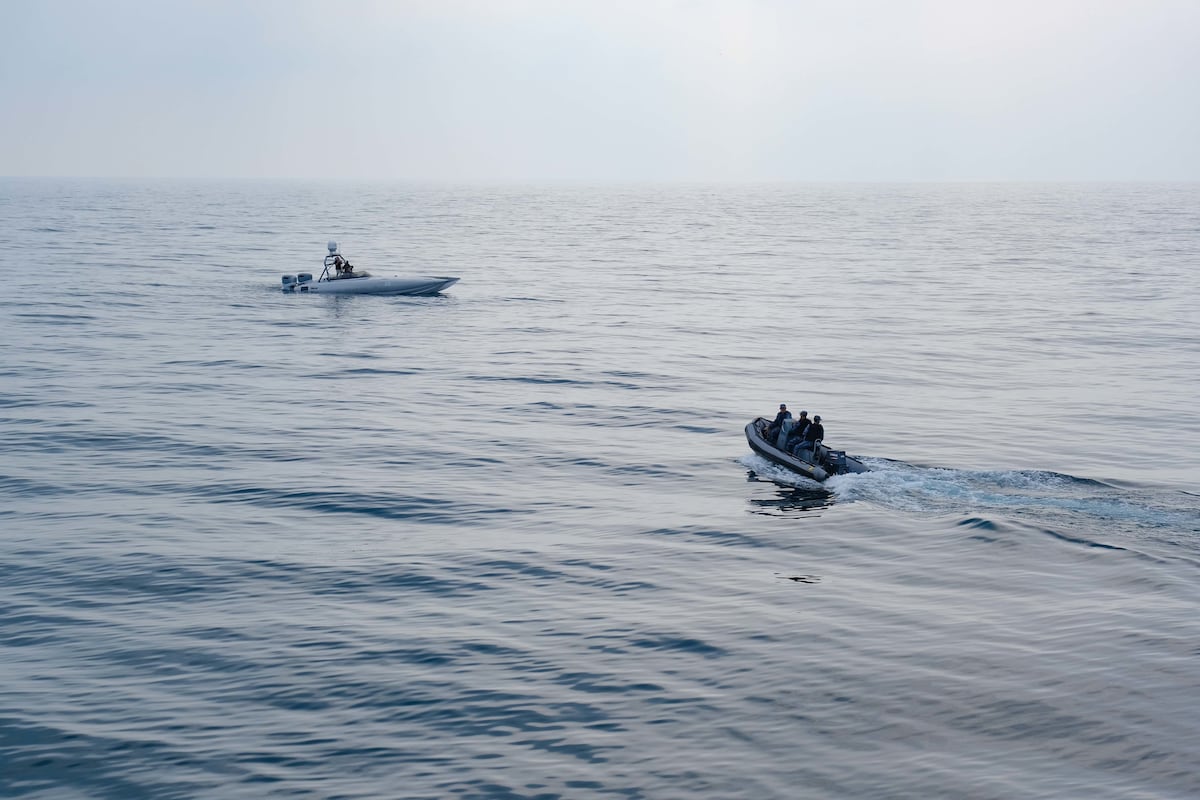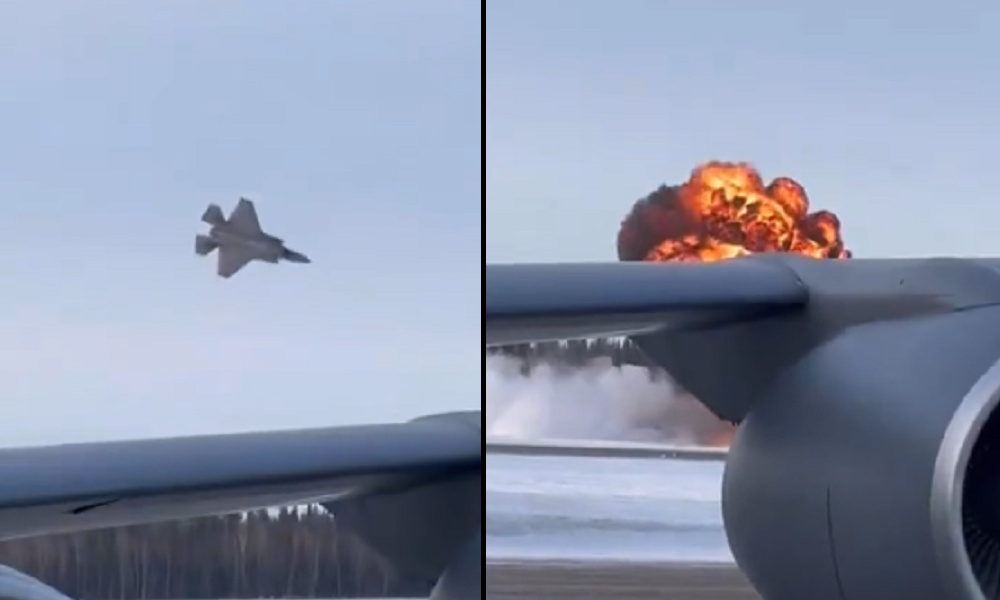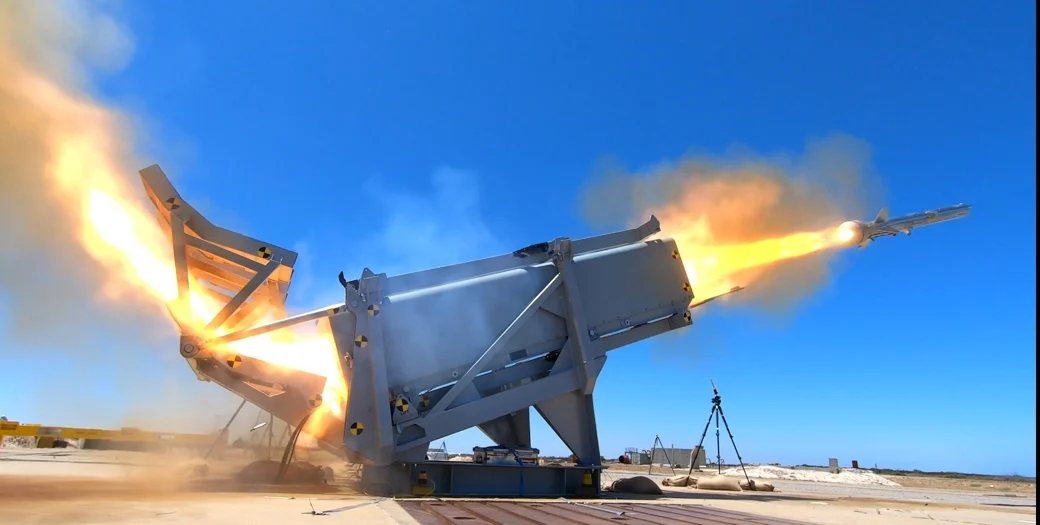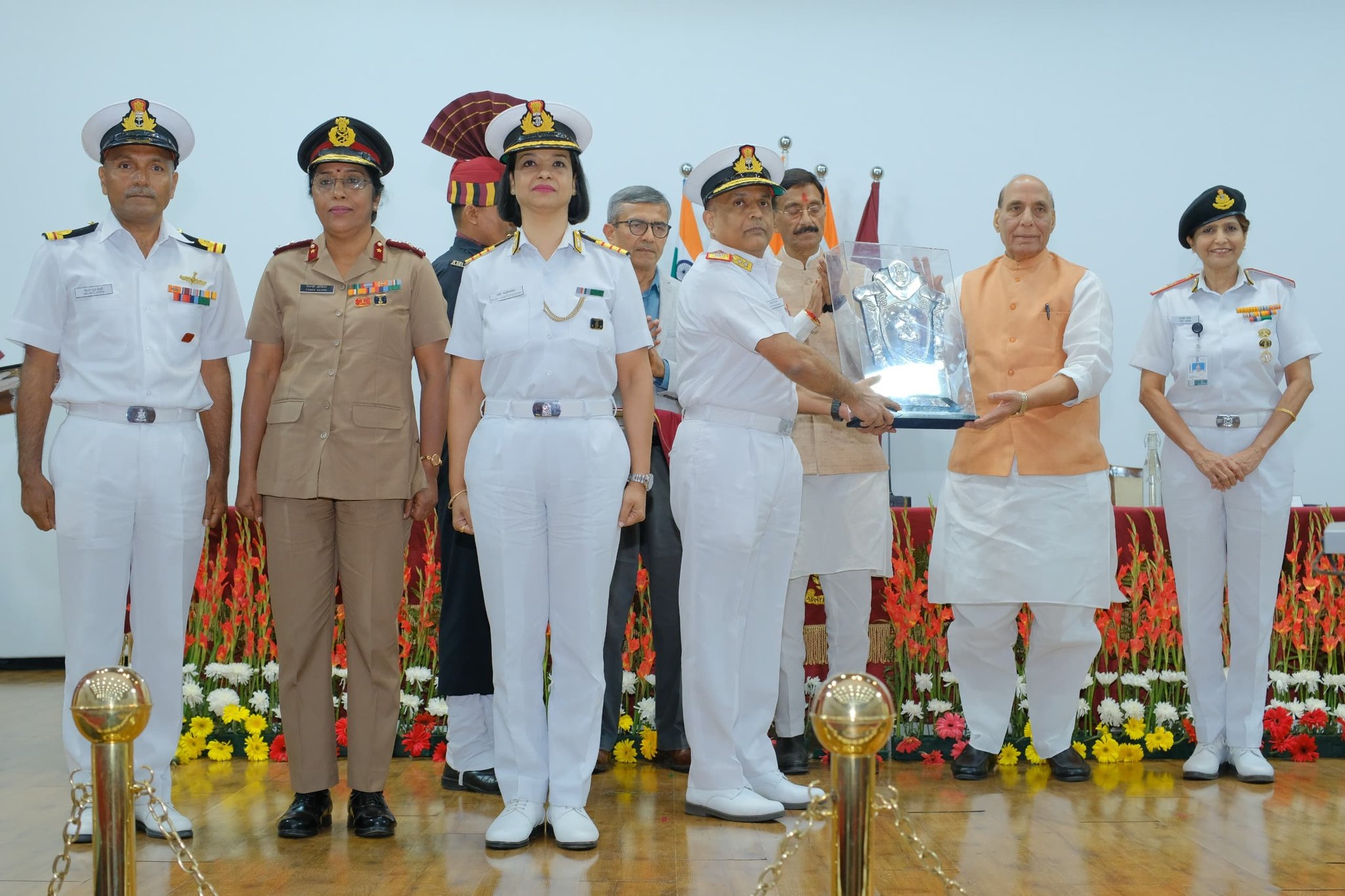The NATO alliance has embarked on an initiative to develop a fleet of unmanned surface vessels (USVs) aimed at safeguarding critical undersea infrastructure in the Baltic and Mediterranean regions. This decision comes in response to a series of undersea cable damages observed in European waters over the past year, with the latest incidents occurring in mid-November.
During an interview, NATO’s commander for concepts and transformation, Admiral Pierre Vandier, elaborated on the rationale behind this project. He compared the proposed USV fleet to urban CCTV systems, which are employed to monitor and record potential criminal activities. Vandier emphasized the importance of maintaining constant surveillance, stating that the technology to implement this “street-lighting” approach exists, and that it could significantly enhance NATO’s situational awareness.
Currently, the project is in its preliminary stages, with the initial focus on surface monitoring before possibly extending capabilities to underwater assessments. The initiative has garnered strong backing from NATO’s central maritime command, MARCOM, as well as from the Supreme Allied Commander Europe (SACEUR)’s operational headquarters. NATO officials are optimistic about leveraging existing fielded platforms that have proven effective, citing successful trials conducted by the U.S. Navy’s Task Force 59, which has a history of integrating unmanned systems within its operations.
Vandier noted that while the project does not yet have a formal name, it is already operational in concept, with significant insights to be gained from Task Force 59’s experiences in the Gulf region. This force, which was officially launched in 2021, has been focused on the adoption and integration of unmanned systems across various naval tasks, operating from Bahrain with a mix of drones and other uncrewed vehicles.
Another significant development within the U.S. Navy is the establishment of Task Group 59.1 in January, a sub-unit specifically centered on testing and advancing industry systems to enhance maritime security in the Middle East. This group has recently experimented with a variety of unmanned systems, demonstrating successful operations in exercises such as Digital Talon, where a loitering munition was remotely launched at sea.
Looking ahead, Vandier has set an ambitious goal to have the new drone surveillance fleet operational before the next NATO Summit, scheduled to take place in the Netherlands in June 2024. He expressed a commitment to collaborate with allied nations to ensure the successful rollout of this initiative.
The urgency of this project is underscored by recent incidents, including the disruption of undersea cables on November 17 and 18, affecting critical telecommunications links between Lithuania and Sweden, as well as Finland and Germany. Investigations into these disruptions are still ongoing, emphasizing the need for enhanced monitoring and protection of vital undersea infrastructure.


















